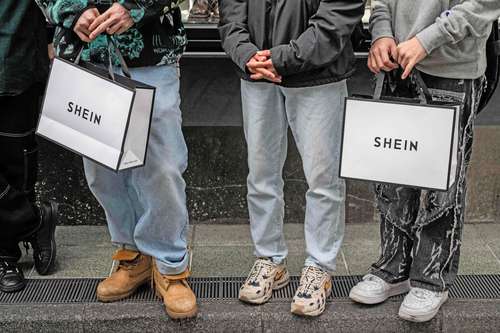Over the past few decades, the fashion industry has experienced drastic changes that have forced companies to adjust their business models to new realities and demands. As a result, companies are now shifting towards a circular economy and environmental sustainability, producing items with longer lifespans. This trend has led to the steady growth of the resale market, with projections indicating that it will reach billions of dollars globally in the coming years.
The textile industry’s impact on the environment is significant, with tons of microplastics entering the seas annually due to textile production. Additionally, a large percentage of garments end up in landfills or incinerators each year. Fast fashion’s focus on transient trends has contributed to increased production and waste, highlighting the need for more sustainable practices in the industry.
Sustainability has become a central concern in the fashion industry, leading to innovative and environmentally conscious business models that benefit both consumers and brands. These models promote more responsible and long-lasting products that reduce waste and promote environmental conservation. Sustainable fashion represents a shift towards more innovative and responsible practices in the industry.
The growth of fast fashion has led to a doubling of clothing production from 2000 to 2015, emphasizing the need for more sustainable and circular economy models. Companies are now embracing more sustainable policies and practices to reduce their environmental impact and promote long-lasting, quality products. The future of fashion lies in these innovative and environmentally friendly approaches that prioritize sustainability over profit margins.


